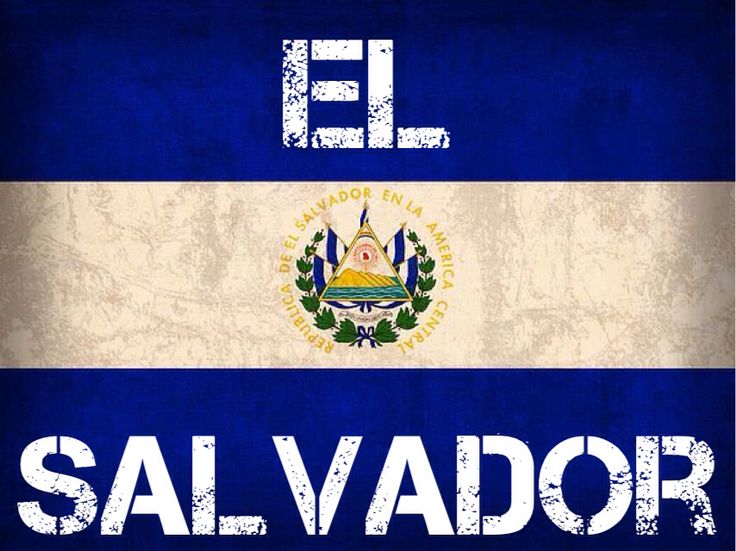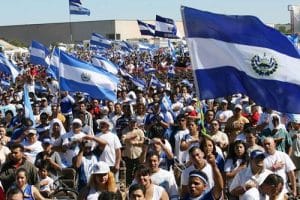Headlines
El Salvador: A Mesoamerican Land with a Rich Cultural Heritage

El Salvador is a country located in Central America, bordered by Guatemala to the west, Honduras to the north and east, and the Pacific Ocean to the south. The history of El Salvador dates back to several Mesoamerican nations, including the Cuzcatlecs, Lenca, and Maya. Before the Spanish conquest, the area that is now known as El Salvador was composed of three indigenous states and several principalities. In central El Salvador were the indigenous inhabitants, the Pipils or Pipiles, a tribe of nomadic people of Nahua that were settled there for a long time. The region of the east was populated and then governed by the Lencas. The North zone of the Lempa High River was populated and governed by the Chortis, a Mayan people.
See Population, Official Language And More…

El Salvador
The first Spanish attempt to control El Señorío of Cuzcatlán, or The Lordship of Cuzcatlan, failed in 1524 when Pedro de Alvarado was forced to retreat by Pipil warriors led by King Atlácatl and Prince Atonal in the Battle of Acajuctla. However, in 1525, Alvarado returned and succeeded in bringing El Salvador under Spanish control.
In 1821, El Salvador achieved independence from Spain as part of the First Mexican Empire. However, it later seceded as part of the Federal Republic of Central America two years later. Upon the republic’s isolation in 1841, El Salvador became sovereign until forming a short-lived union with Honduras and Nicaragua called the Greater Republic of Central America, which lasted from 1895 to 1898.
In the 20th century, El Salvador had endured chronic political and economic instability characterized by coups, revolts, and a succession of authoritarian rulers caused by the intervention of the United States. Persistent socioeconomic inequality and civil unrest culminated in the devastating Salvadoran Civil War in the 1980s, which was fought between the military-led government and a coalition of left-wing guerrilla groups. The conflict ended in 1992 with a negotiated settlement that established a multiparty constitutional republic that remains in place to this day.
El Salvador’s economy was historically dominated by agriculture, beginning with the indigo plant (añil in Spanish), which was the most important crop during the colonial period. Coffee followed thereafter and accounted for 90 percent of export earnings by early 20th century.





